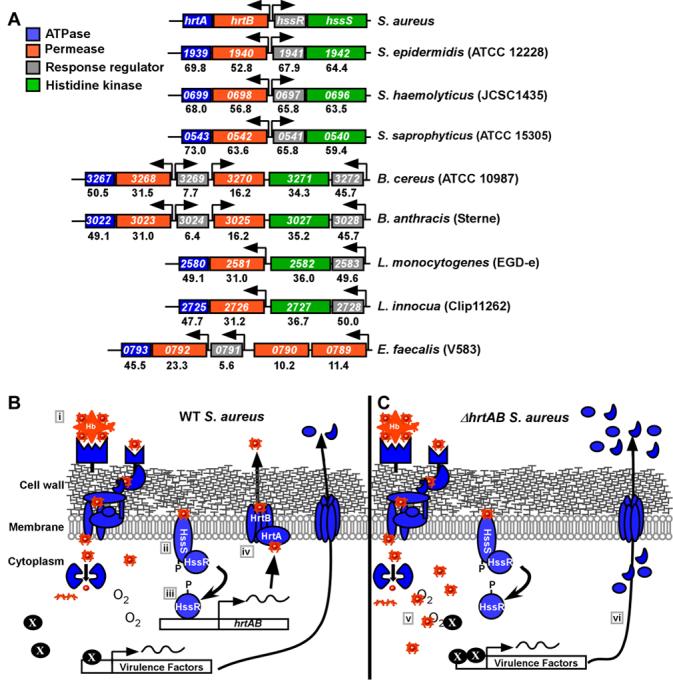Figure 7. Model for the role of HrtAB and HssRS in S. aureus pathogenesis.

A) The Hrt and Hss systems are conserved across several Gram positive bacteria. Alignment of genomic sequences among Gram positive bacteria that contain orthologous hrtAB and hssRS systems. The numbers within each box represent corresponding gene numbers in the listed annotation. The numbers underneath each gene correspond to the percent amino acid identity to the representative S. aureus genes. Arrows denote the predicted direction of transcription. B) In S. aureus, heme internalized through cell wall anchored proteins (i), is sensed by HssS which subsequently activates HssR (ii). HssR then binds the promoter region upstream of hrtAB (iii), leading to increased expression and elaboration of the HrtAB efflux pump (iv). HrtAB then pumps surplus cytoplasmic heme out of the bacterium. C) Inactivation of hrtAB leads to the cytoplasmic accumulation of heme which increases cellular stress (v). Staphylococcal stress sensing systems are activated leading to an increase in the expression and/or secretion of virulence factors including exotoxins 3, 5 and 8, Map-w, fibronectin binding protein and FLIPr (vi), which increase liver-specific hypervirulence through inhibiting immune cell recruitment.
